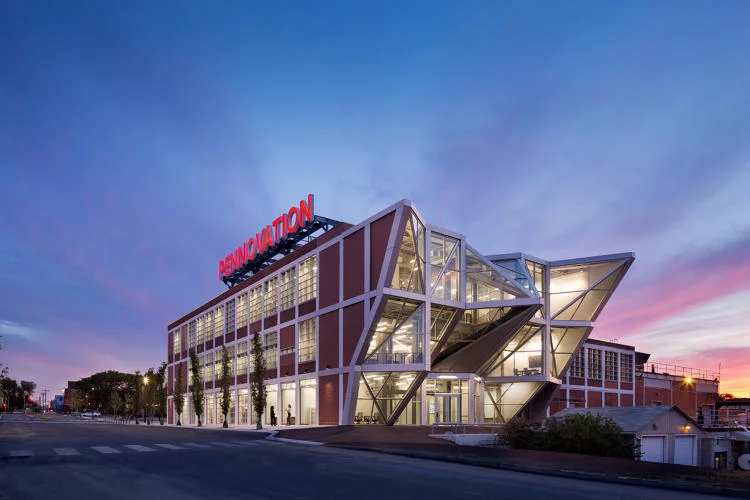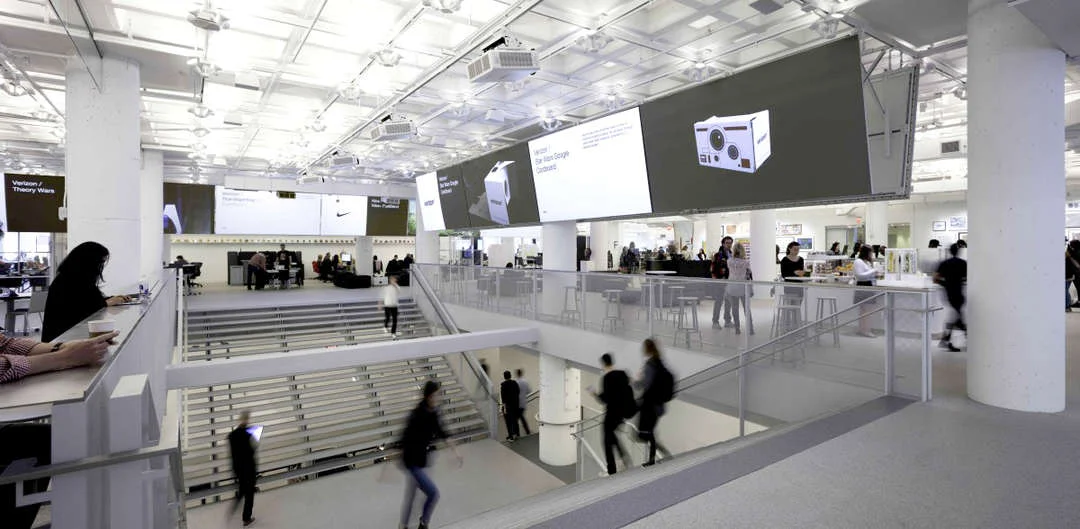Fauzia Khanani's work is used as a case study for an AIANY Social Science and Architecture Committee seminar, which prompts industry professionals to consider the importance of the social sciences to design.
On Oct. 18, New York creative agency The Bloc hosted an AIANY Social Science and Architecture Committee event called "Walk the Talk: An Example of Successful Social Science and Design Integration." The company, which specializes in producing engagement tools specially geared towards the health and wellness industries, knew firsthand of how integrating social sciences when designing a built environment benefits its inhabitants. This is because a year ago it commissioned local designer Fauzia Khanani, Assoc. AIA, and her firm Fōz Design to design their new office space, in collaboration with The Mufson Partnership, who served as the architect of record—a space that served as a case study for the committee's latest seminar.

























